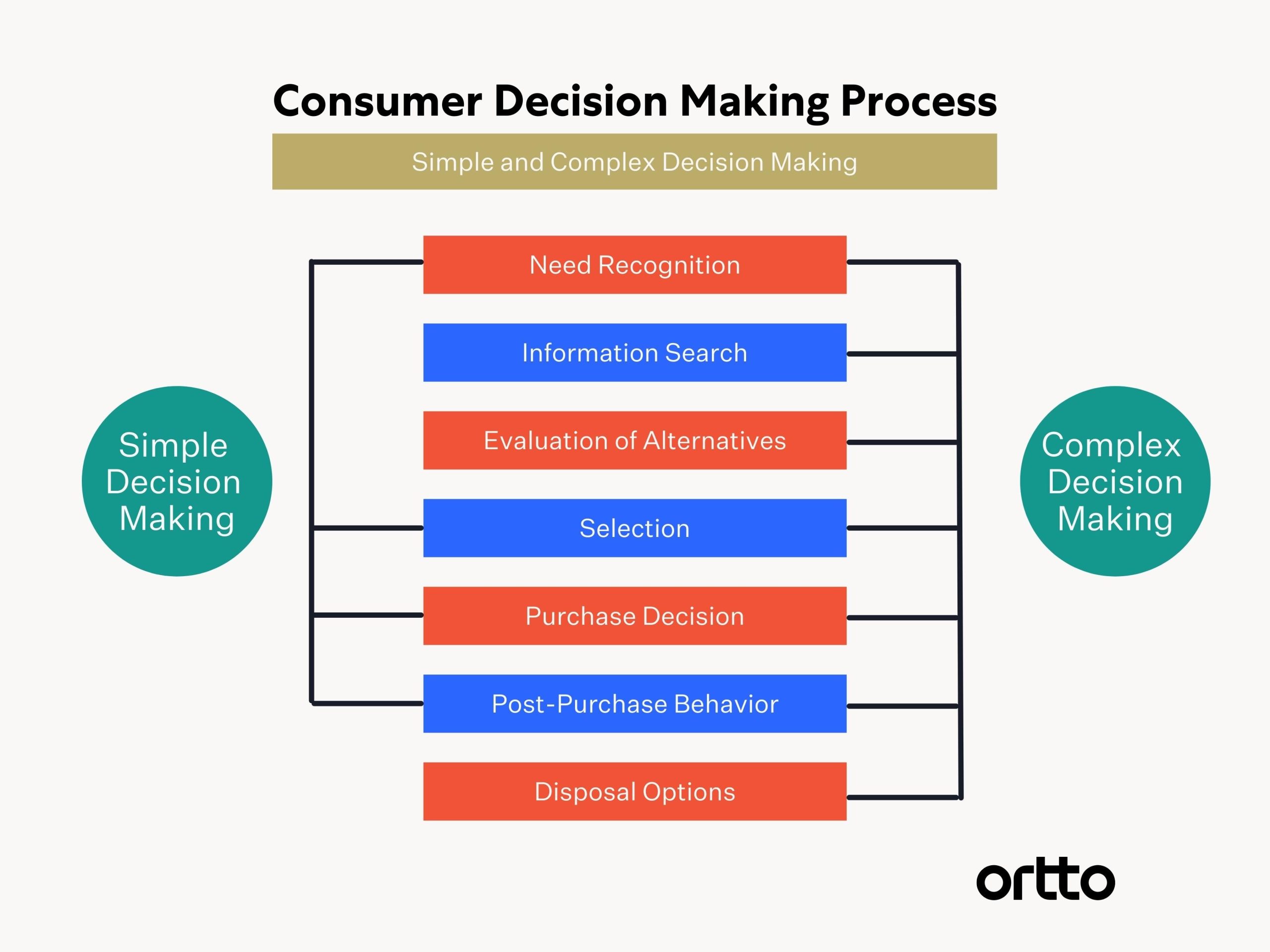
In today’s fast-paced and highly competitive tech industry, creating a customer-centric business model is essential for success. A customer-centric approach puts the customer at the heart of all decision-making processes, enabling businesses to better understand and meet their needs. In this article, we will explore the key steps to creating a customer-centric business model and the benefits it brings.
1. Understand your target audience
The first step in building a customer-centric business model is to gain a deep understanding of your target audience. This involves conducting thorough market research, analyzing customer data, and identifying their pain points, preferences, and behaviors. By understanding your customers better, you can tailor your products, services, and marketing efforts to meet their specific needs.
2. Cultivate a customer-first mindset
A customer-centric business model requires a shift in mindset within the organization. Every employee, from the top down, should prioritize customer satisfaction and recognize their role in creating exceptional customer experiences. Encourage your team members to empathize with customers, actively listen to their feedback, and constantly seek ways to improve their interactions with your brand.
3. Develop personalized products and services
Personalization is key to creating a customer-centric business model. Leverage the data you have collected to offer customized and tailored products and services that cater to individual customer needs. Incorporate technologies like artificial intelligence and machine learning to analyze customer data and provide personalized recommendations, offers, and experiences.
4. Provide seamless omnichannel experiences
In today’s digital age, customers interact with brands through multiple channels. A customer-centric business model ensures a seamless omnichannel experience, where customers can effortlessly transition between different touchpoints such as website, social media, mobile apps, and physical stores. Ensure consistency in messaging, branding, and user experience across all platforms to create a cohesive and convenient customer journey.
5. Foster a customer feedback loop
Feedback is invaluable for improving your customer-centric business model. Establish a feedback loop to continuously collect and analyze customer opinions, suggestions, and complaints. Actively seek feedback through surveys, online reviews, and customer service interactions. Analyze the feedback to identify areas for improvement, address potential pain points, and innovate your products and services.
6. Invest in customer support and service
A key aspect of customer-centricity is prioritizing exceptional customer support and service. Provide multiple support channels such as live chat, email, and phone support to ensure customers can easily reach out to you. Train your customer service representatives to be knowledgeable, empathetic, and responsive to customer needs. Promptly resolve customer issues, and go above and beyond to exceed their expectations.
7. Measure and track customer satisfaction
Regularly measure and track customer satisfaction to gauge the effectiveness of your customer-centric business model. Utilize tools like Net Promoter Score (NPS) surveys, customer satisfaction surveys, and social listening to gather insights into customer sentiment. Act on the data you collect to make data-driven improvements and ensure your business remains customer-focused.
Conclusion
Creating a customer-centric business model in the tech niche is crucial for long-term success. By understanding your target audience, fostering a customer-first mindset, providing personalized experiences, delivering seamless omnichannel interactions, collecting feedback, investing in customer support, and measuring satisfaction, you can build a business that revolves around the needs and desires of your customers. Embrace customer-centricity as a core value, and witness the growth and loyalty it brings to your tech business.

